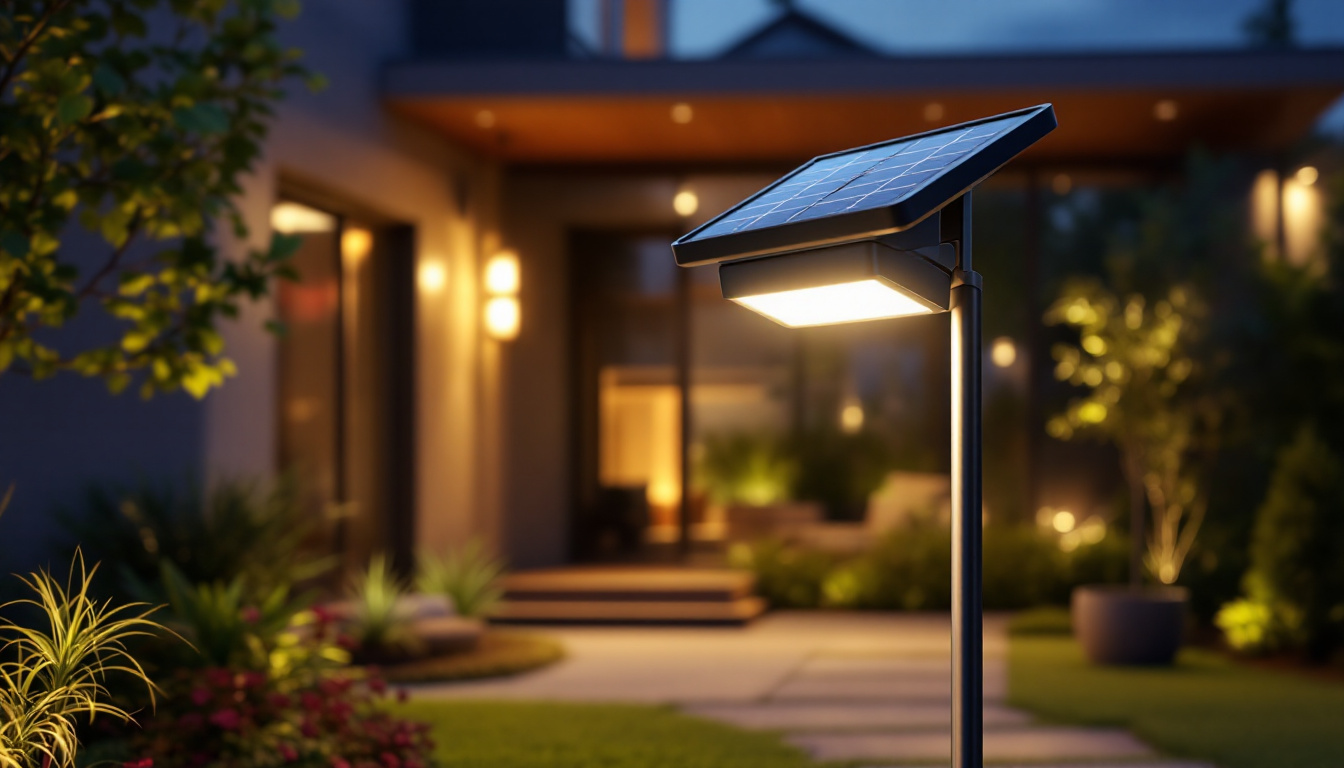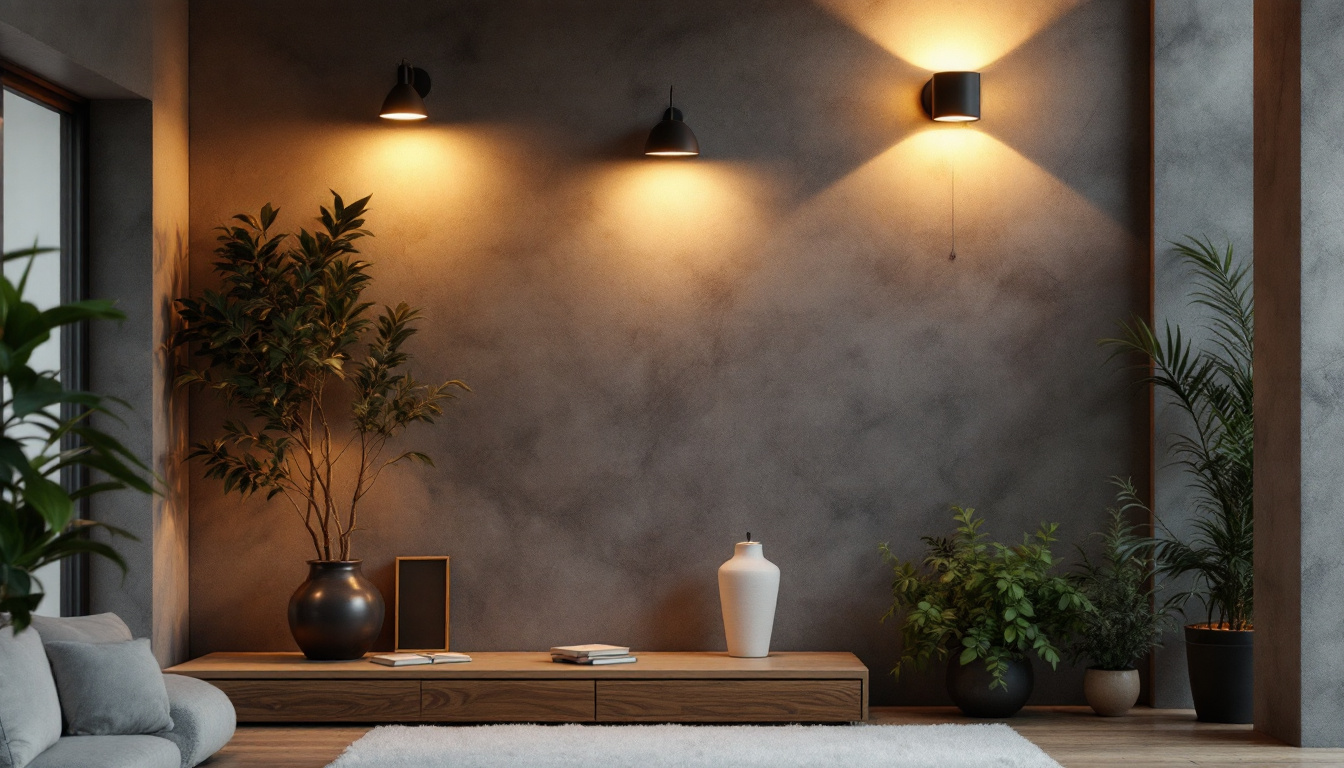
In the ever-evolving landscape of outdoor lighting solutions, the choice of lighting technology can significantly impact both project outcomes and client satisfaction. Among the myriad options available, solar LED lamps have gained considerable attention for their energy efficiency and sustainability. However, lighting contractors must weigh these benefits against traditional alternatives to determine the best fit for their projects. This article delves into the advantages and disadvantages of solar LED lamps compared to other lighting technologies, providing insights that can guide contractors in making informed decisions.
Solar LED lamps harness the power of sunlight to provide illumination, making them an eco-friendly choice for outdoor lighting. These lamps typically consist of solar panels, LED bulbs, a rechargeable battery, and a control circuit. The solar panels convert sunlight into electricity, which is stored in the battery and used to power the LED lights at night.
The appeal of solar LED lamps lies in their independence from the electrical grid, offering a sustainable solution for various applications, from garden lighting to street lamps. However, understanding the underlying technology is crucial for contractors to effectively assess their viability for specific projects.
Solar LED lamps are composed of several key components, each playing a vital role in their functionality. The solar panel is responsible for capturing sunlight, while the LED bulbs provide efficient illumination. The rechargeable battery stores energy for nighttime use, and the control circuit manages the operation of the lamp, ensuring it turns on and off at appropriate times.
Contractors should familiarize themselves with the specifications of these components, as they can vary significantly between manufacturers. For instance, the efficiency of the solar panel and the capacity of the battery can greatly influence the performance and longevity of the lighting solution.
One of the most significant advantages of solar LED lamps is their environmental impact. By utilizing renewable energy, these lamps reduce reliance on fossil fuels and lower carbon emissions. Additionally, they often come with lower operational costs since they do not require electricity from the grid.
Moreover, solar LED lamps are relatively easy to install, requiring no extensive wiring or electrical work. This can lead to significant savings in labor costs and time, making them an attractive option for contractors looking to streamline their projects.
Despite their many benefits, solar LED lamps are not without challenges. Their performance can be heavily influenced by geographic location and weather conditions. In areas with limited sunlight, the efficiency of solar panels may decrease, leading to inadequate lighting during the night.
Furthermore, the initial cost of high-quality solar LED lamps can be higher than traditional lighting options. Contractors must consider the long-term savings against the upfront investment to determine if solar technology is the right choice for their clients.
While solar LED lamps offer unique advantages, traditional lighting solutions, such as incandescent, fluorescent, and high-intensity discharge (HID) lamps, still dominate the market. Each alternative has its benefits and drawbacks, which contractors must evaluate based on project requirements.
Incandescent bulbs have been a staple in residential and commercial lighting for decades. They produce warm light and are relatively inexpensive to purchase. However, they are highly inefficient, converting only a small portion of energy into light while generating significant heat.
For contractors, incandescent lighting may be suitable for specific applications where warm light is desired. However, the high energy consumption and shorter lifespan compared to LED technology make them a less favorable option in the long run.
Fluorescent lamps are more energy-efficient than incandescent bulbs and have a longer lifespan. They are commonly used in commercial settings and are available in various color temperatures. However, fluorescent lights contain mercury, which poses environmental concerns when disposed of improperly.
Contractors should consider the environmental impact of using fluorescent lighting, as well as the potential need for specialized disposal methods. While they offer improved efficiency, the drawbacks may outweigh the benefits in certain projects.
HID lamps, including metal halide and sodium vapor lights, are known for their brightness and efficiency, making them ideal for large outdoor areas such as parking lots and sports fields. They have a longer lifespan than incandescent and fluorescent lights, but they also come with significant drawbacks.
One major concern is the warm-up time required for HID lamps to reach full brightness. Additionally, they can be less energy-efficient than LED solutions, and their light quality may not be suitable for all applications. Contractors must weigh these factors when considering HID lighting for their projects.
When evaluating lighting options, cost is a critical factor for contractors. The initial investment, operational costs, and maintenance expenses all play a role in determining the overall financial viability of a lighting solution.
Solar LED lamps typically have a higher upfront cost compared to traditional lighting options. However, this investment can be offset by the long-term savings on electricity bills and reduced maintenance costs. Contractors should conduct a thorough cost analysis to present clients with a comprehensive understanding of the financial implications.
On the other hand, traditional lighting solutions may have lower initial costs but can lead to higher operational expenses over time. The choice of lighting technology should align with the client’s budget and long-term goals.
Operational costs encompass electricity usage, maintenance, and replacement expenses. Solar LED lamps offer the advantage of no electricity costs, making them an attractive option for clients looking to reduce ongoing expenses. However, the performance of these lamps can be affected by weather conditions, which may lead to increased maintenance needs in certain areas.
Traditional lighting solutions, while often cheaper to install, can incur significant electricity costs, especially in high-use applications. Contractors should factor in these operational costs when recommending lighting solutions to clients.
Maintenance is a crucial consideration for lighting contractors, as it can significantly impact project profitability. Solar LED lamps generally require minimal maintenance, with LED bulbs lasting significantly longer than traditional alternatives. This longevity can lead to reduced replacement costs and fewer service calls.
In contrast, traditional lighting solutions may require more frequent bulb replacements and maintenance, adding to the overall project costs. Contractors should assess the maintenance requirements of each lighting option to provide clients with realistic expectations regarding long-term care.
In an age where sustainability is at the forefront of consumer consciousness, the environmental impact of lighting solutions cannot be ignored. Solar LED lamps stand out as a sustainable choice, but contractors must also consider the ecological footprint of traditional lighting alternatives.
Solar LED lamps are inherently sustainable, utilizing renewable energy and reducing reliance on fossil fuels. Their low carbon footprint and energy efficiency align with the growing demand for eco-friendly solutions. Contractors can position solar LED lamps as a responsible choice for environmentally-conscious clients.
Furthermore, many solar LED products are designed with recyclable materials, further enhancing their sustainability profile. As consumers increasingly prioritize green solutions, contractors can leverage the environmental benefits of solar technology to attract clients.
Traditional lighting solutions, while effective, often have a more significant environmental impact. Incandescent and fluorescent bulbs consume more energy and may contribute to higher carbon emissions. Additionally, the disposal of fluorescent lamps poses a challenge due to the presence of hazardous materials like mercury.
Contractors should be aware of the environmental implications of their lighting choices and consider how they align with clients’ sustainability goals. By promoting eco-friendly solutions, contractors can enhance their reputation and appeal to a broader clientele.
Ultimately, the decision between solar LED lamps and traditional lighting solutions should be based on a combination of factors, including project requirements, client preferences, and environmental considerations. Contractors must conduct thorough assessments to determine the best fit for each unique situation.
Understanding the specific requirements of a project is paramount. Factors such as location, intended use, and desired light quality will influence the choice of lighting technology. For instance, solar LED lamps may be ideal for remote areas with limited access to electrical infrastructure, while traditional lighting might be better suited for urban environments with established power sources.
Contractors should engage in detailed discussions with clients to ascertain their needs and expectations, ensuring that the chosen lighting solution aligns with their vision.
Client preferences play a significant role in the decision-making process. Some clients may prioritize sustainability and energy efficiency, while others may focus on initial costs or specific aesthetic considerations. Contractors should take the time to understand their clients’ values and preferences, guiding them toward the most suitable lighting solution.
By fostering open communication and providing clear information about the benefits and drawbacks of each option, contractors can build trust and ensure client satisfaction.
As technology continues to advance, the landscape of lighting solutions is likely to evolve. Emerging trends, such as smart lighting systems and improved battery technologies, may further enhance the appeal of solar LED lamps. Contractors should stay informed about these developments to remain competitive and offer cutting-edge solutions to clients.
Additionally, understanding the potential for integration with smart home systems can provide contractors with opportunities to upsell and enhance the overall value of their lighting projects.
The choice between solar LED lamps and traditional lighting solutions is not a one-size-fits-all decision. Each option presents unique advantages and challenges that lighting contractors must carefully evaluate based on project requirements, client preferences, and environmental considerations. By understanding the nuances of each technology, contractors can make informed recommendations that align with their clients’ goals and contribute to successful project outcomes.
As the demand for sustainable and efficient lighting solutions continues to grow, solar LED lamps stand out as a compelling choice for many applications. However, traditional lighting options still hold value in specific contexts. Ultimately, the key to success lies in a thorough assessment of each project’s unique needs and the ability to adapt to the evolving landscape of lighting technology.
Ready to elevate your lighting projects with the best in solar LED lamps and traditional lighting solutions? Look no further than LumenWholesale, where we provide contractors with exceptional, spec-grade lighting products at unbeatable wholesale prices. Our commitment to quality and affordability ensures that you can deliver top-notch lighting experiences without the burden of inflated costs. With free shipping on bulk orders, LumenWholesale is your go-to source for premium lighting without hidden fees. Don’t compromise on quality or value—choose LumenWholesale for all your lighting needs. Discover our extensive selection and take advantage of the best value in wholesale lighting by visiting Wholesale Lighting at the Best Value today.

Discover how LED strip lights for ceilings can transform spaces while boosting profitability in lighting installations.

Discover expert insights from top lighting contractors on choosing the perfect interior wall lights for your space.

Discover the step-by-step process of relamping a tanning bed with expert insights from lighting contractors.

Discover effective strategies and innovative techniques tailored for lighting contractors to enhance project outcomes.